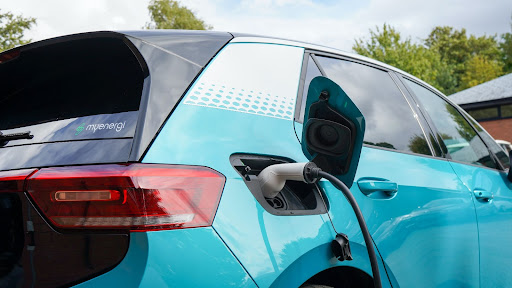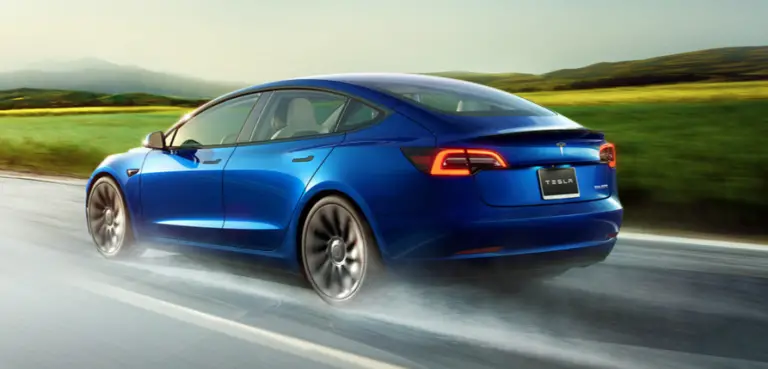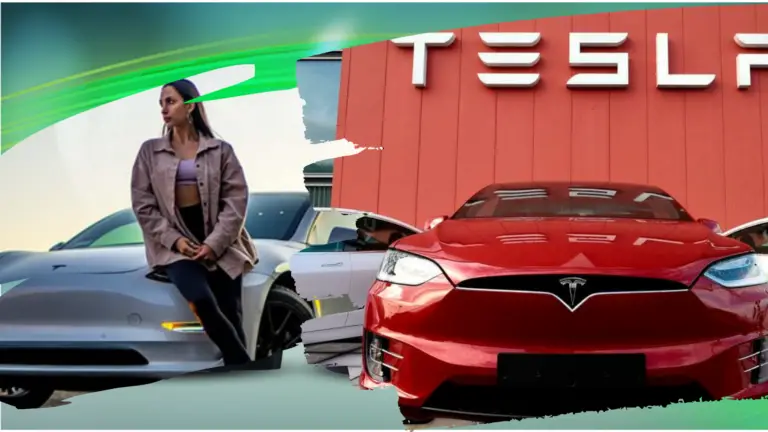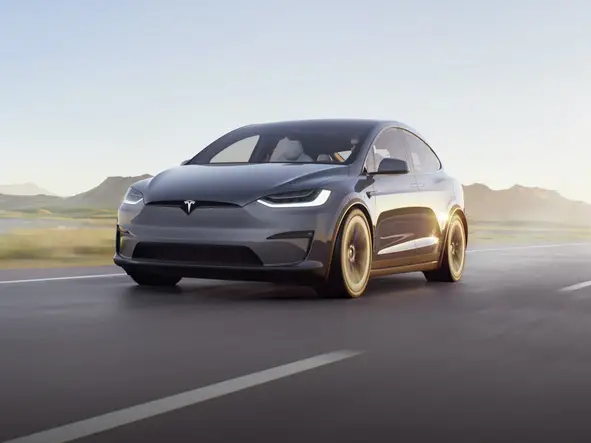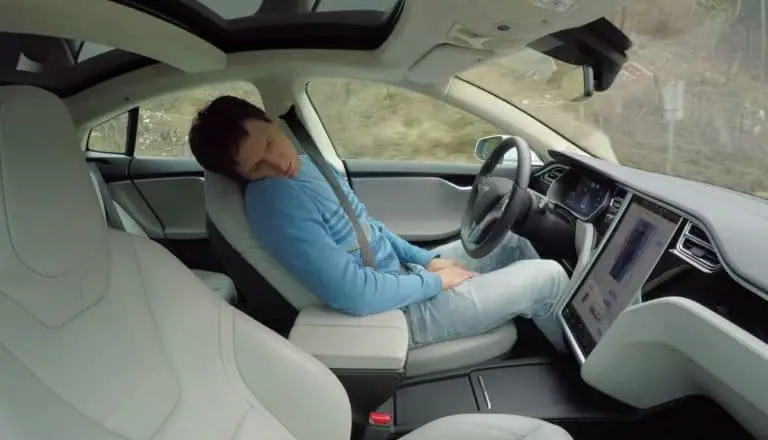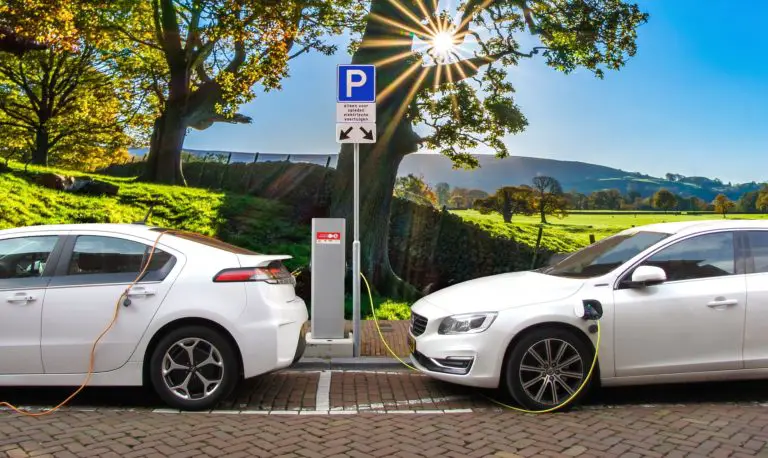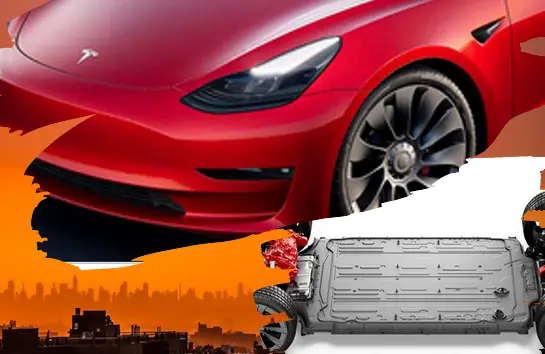Why Electric Cars Can’t Charge Themselves?
Electric cars are super-efficient and are now considered one of the main pillars of a healthier earth. They use electric motors instead of gas-fueled engines and run on rechargeable batteries. A question that occurs to so many people is why they can’t charge themselves?
Electric cars can’t charge themselves because they don’t have an engine and don’t burn fossil fuels to produce kinetic energy and convert it to electricity. They also don’t come with alternators like regular cars as it’s just a waste of energy. However, regenerative braking can recharge them a little.
Stay with us and read the rest of this article to get more information about the electric cars charging process and why they can’t charge themselves. We’ll also go through some potential self-charging options to see how feasible they are.
Table of Contents
- What’s the Power Source of Electric Cars?
- Obstacles To Self-charging EVs
- Potential Self-charging Options
- Bottom Line
What’s the Power Source of Electric Cars?
Electric cars have been around for a while and we’re now somehow accustomed to seeing them in the streets. While we all know that they run on rechargeable batteries, you may wonder where they get their charge from?
The power source of electric cars is the power plants across the country. You must plug the large rechargeable battery packs of EVs into a home outlet or use a charging station. Either way, they get energy from the grid, which is also connected to a power plant in the area.
Once an electric car runs out of battery, you have to recharge it. You’ve got three options to do this: home outlet, wall chargers, and dedicated charging stations.
While it seems easy and handy to use a home outlet for charging an electric car, it’s not efficient at all and takes too long. Wall chargers are a better option to install in your parking or garage. They’ll allow you to plug in your Electric car overnight and be sure it’s fully charged when you wake up in the morning.
And finally, you can hit a public charging station to fuel up your EV faster than the other two options. Such chargers will recharge your car just within a few hours – at maximum.
However, all these charging options, which provide the required electricity for your car’s battery, get their energy from various power plants across the country. These power plants use different resources to produce electricity depending on where you live.
For example, some power plants may burn fossil fuels like coal or oil, while others may use cleaner resources such as wind, solar, or nuclear energy.
Obstacles To Self-charging EVs
While technology has improved, it’s still not ready to give us self-charging electric cars. Here’s why:
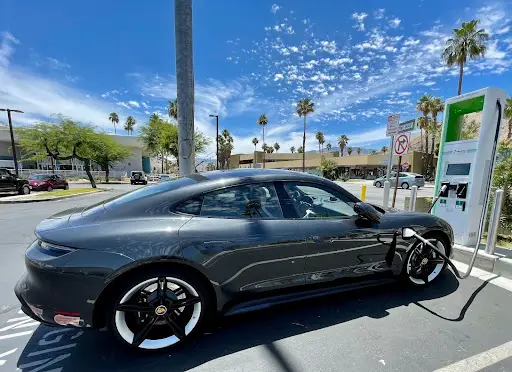
Regenerative Braking
Actually, electric cars are self-charging right now, but not in the sense we mean. Electric vehicles are equipped with regenerative braking technology. The kinetic energy is turned into electricity in these systems and then transferred and stored in the EV’s battery.
The electric motor switches to the generator mode in a regenerative braking system once you press the brake pedal. In this mode, the wheels’ mechanical energy is shifted to the generator through the rotation of the drivetrain. Some of it is then recaptured and stored in the battery.
However, as you see, just some of this energy is captured, and the rest is wasted. So, it might be a promising technology, especially for driving in the cities because you use brakes very much. But regenerative brakes aren’t a viable technology to let you fully charge your electric car.
Alternators
Alternators are generators that produce alternating current (AC) using a belt and a pulley. In regular cars, the alternator’s AC is then turned into a direct current (DC) with the help of diodes. A voltage control circuit also ensures the output voltage is suitable for charging the car’s 12V battery.
You may wonder where an alternator gets its energy from. As the law of conversion of energy states, energy can’t be created or destroyed; you can either transfer or transform it from one form to another.
Regarding the alternators, regular cars’ engines burn fossil fuel to provide the alternator’s mechanical energy, which then converts it to electricity. So, electricity isn’t actually created; it’s a converted form of energy.
You should also remember that some of this energy is converted to heat, noise, and vibration through the process.
Why don’t Electric Cars Have Alternators?
Firstly, EV’s don’t have an engine. In regular cars, the mechanical energy that powers the alternator is provided by the combustion of fossil fuels. But electric vehicles neither have an engine nor gas or diesel fuel. They have an electric motor and a rechargeable battery.
Yes, we could use the EV’s battery for spinning the motor and the alternator to produce electricity. But you’re simply using the electricity to generate electricity, and some of it is still lost in the way.
So, if you add an alternator to an EV, you’ll put more load on the motor, making it work harder to provide more electricity for the alternator’s function. In fact, you end up having less electricity than what you’ve started with.
Secondly, the electric motor in EVs is, in fact, a generator itself. But still, you can’t produce energy without a source while driving. As we said before, energy isn’t created, and we can just convert it from one form to another.
If we use the wheels’ kinetic energy (or heat from the friction of braking pads in regular cars) and convert it to electricity, we’re removing some of its energy, thus slowing down the car. This process is what happens in regenerative braking. This energy is some of the power initially used to accelerate the vehicle, leading to its increased efficiency.
A noteworthy point is that the battery must be partially discharged to have room for added electricity. If it’s fully charged, it can’t accept more charge from regenerative braking. However, regenerative braking isn’t enough for recharging the electric car’s battery.
Potential Self-charging Options
You may wonder why we don’t exploit other potential forms of energy while driving an electric car to recharge its battery and increase the range. Well, here we’ll go through some of the options that may have occurred to you.
Solar panels
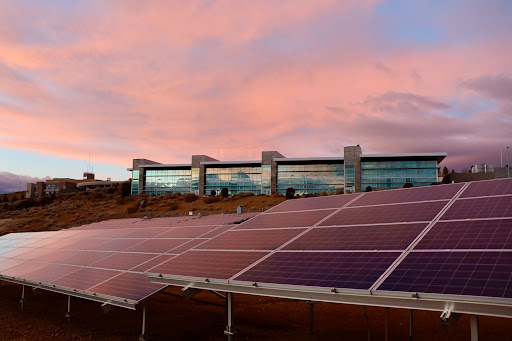
Solar panels seem like a fancy idea. We see them everywhere, and they appear pretty efficient. But is it possible to use solar energy for recharging your electric car? The short answer is no. There isn’t enough surface on the car to install adequate solar panels and capture a significant amount of energy.
Besides, you can’t ensure that the solar panels are optimally oriented toward the sun when the car is parked. Maybe your parking lot is somewhere shady, or even worse; you have to park indoors.
And even if there’s enough area for solar panels, they’ll worsen the car’s aerodynamics and put more pressure on its motor to provide them with the necessary power. So, solar panels can’t be an efficient way for recharging an EV.
Wind turbines
Installing a wind turbine on an electric car is feasible but not efficient. This energy conversion comes at the cost of degrading the vehicle’s aerodynamics.
You have to place the wind turbine directly in the airflow to make its blades and generator move and produce electricity out of the kinetic energy. This airflow hinders the car and creates additional resistance, which reduces its efficiency. As a result, the electric motor has to work harder and consume more energy to push through the air.
Perpetual Motion
The mechanism that many are suggesting for creating a self-charging electric car is called perpetual motion. For years, scientists have been trying and experimenting with making a “perpetual machine,” a hypothetical machine that can work infinitely without any external source of energy.
But it’s impossible because such motion would violate laws of thermodynamics. As Donald Simanek, the physics professor of the Lock Haven University of Pennsylvania, stated, there’s no example of perpetual motion in nature above the atomic level.
As the first law of thermodynamics states, energy can neither be created nor destroyed; it only converts from one form to another. The second law of Thermodynamics says that the entropy or disorder of an isolated system will always increase, and the more energy is converted, the more of it is wasted.
But as we all know, it’s impossible to create energy out of nothing (without an external source) or convert it without loss. So, it’s not a feasible idea for electric cars, and scientists have a long way ahead to find a plausible solution for self-charging EVs.
Bottom Line
Electric cars are great alternatives to regular combustion cars offering cutting-edge technology and using green energy. However, they’re still struggling to increase their range and enhance the charging process. Despite the improvements in this regard, there’s no feasible technology for self-charging an EV except for the regenerative braking systems. EVs lack engines and don’t burn fossil fuels; they use electricity instead. Installing an alternator just puts more pressure on the motor and wastes energy.
Amazon and the Amazon logo are trademarks of Amazon.com, Inc, or its affiliates.

